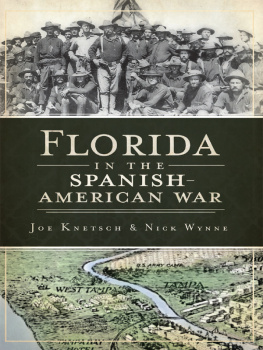After the colonial period and prior to the first American system of forts, the Revolutionary War saw increased use of preexisting French and British forts. Many of these installations were tailored to specific American needs but due to a lack of a comprehensive plan, they proved to be a bonanza. Some of the forts had been used during the colonial period and thus saw further service. Geographical clusters indicate areas of importance. Here is a brief list of some but not all the forts that played an important part in the Revolutionary War. Some are still in existence in one form or the other; many are not and have been lost forever.
Critical Revolutionary War Forts
- Battery Conanicut, Jamestown, Rhode Island
- Fort Acushnet, New Bedford, Massachusetts
- Fort Allen, Portland, Maine
- Fort Black Rock, Fairfield, Connecticut
- Fort Dumpling, Jamestown, Rhode Island
- Fort George, Castine, Maine
- Fort Griswold, New London, Connecticut
- Fort Independence, Boston, Massachusetts
- Fort Johnson, Wilmington, North Carolina
- Fort Knyphausen, New York City, New York
- Fort Lee, Ft. Lee, New Jersey
- Fort Liberty, Newport, Rhode Island
- Fort McHenry, Baltimore, Maryland
- Fort Mercer, Red Bank, New Jersey
- Fort Mifflin, Philadelphia, Pennsylvania
- Fort Miller, Marblehead, Massachusetts
- Fort Nathan Hale, New Haven, Connecticut
- Fort Nelson, Norfolk, Virginia
- Fort OBrian, Machiasport, Maine
- Fort Phoenix, New Bedford, Massachusetts
- Fort Pownall, Penobscot, Maine
- Fort Revere, Boston, Massachusetts
- Fort Richmond, Staten Island, New York
- Fort Saybrook, Old Saybrook, Connecticut
- Fort Sewall, Marblehead, Massachusetts
- Fort Stark, Portsmouth, New Hampshire
- Fort Sullivan, Portsmouth, Maine
- Fort Washington, Portsmouth, New Hampshire
- Long Point Fort, Stonington, Connecticut
Necessity is the mother of invention, and times of war invariably and inevitably bring out the best and worst in men. The iconic forts designed by Simon Bernard had their genesis hundreds of years ago primarily in his native France. Between these nascent beginnings there were several iterations and elaborate plans on how to efficiently protect Floridas (and Americas) long, eastern coastline from naval bombardment and blunt or deter possible invasion by a foreign power.
The Treaty of Amity and Commerce signed in France in 1776 by Benjamin Franklin formally stated that France recognized the United States as an independent nation. The Treaty of Alliance made the United States and France allies against Great Britain, thus paving the way for some of Frances most brilliant military minds to give much-needed advice to the newly established nation. There were other Frenchmen who preceded Bernard who laid the groundwork for his eventual rise to prominence.
Sbastien Le Prestre de Vauban was born in a small village in Burgundy, France, in 1633 into a provincially noble family that had a few connections. In his early military career he served Louis de Bourbon, who was also known as the Prince of Cond. The rash, pretentious, but nevertheless tactically sound Cond led a revolt against his cousin the young King Louis XIV in what was a civil war. Although Vauban was captured by royalists, he impressed the kings Italian adviser, Cardinal Jules Mazarin and was given the opportunity to switch sides after the royalists won the civil war.
France was in the process of conquering the Spanish Netherlands (present-day Belgium and Luxembourg) and, within short order, parts of Artois, Picardy, and Flanders were controlled by the French. As luck for Vauban would have it, the kings chief engineer, Louis Nicolas de Clerville, was sick, enabling the king to give Vauban the opportunity to prove his mettle.
His reputation as an engineer grew during the war with Spain, when he began to develop his theories. During the reign of Louis XIV, he not only developed a close relationship with the king but also with the Marquis de Louvois, who was the kings secretary of war. Vaubans proposals, which emphasized fighting wars sophisticatedly and with a minimum loss of men, greatly appealed to the king.
At the time, all forts were star forts characterized by arithmetical designs to be overlaid on each other. In doing so these forts could resist the effects of cannon fire. The high walls of medieval castles had been replaced by steeply sloped embankments that were resistant to the often-disastrous results of being bombarded by cannonballs. The forts that Vauban designed had straight-sided moats, and the walls were constructed from indigenous resources.
Cannon were placed high on the ramparts while small openings in the walls allowed for crude but effective small-arms fire usually in the form of a harquebus. Natural, obviously defensive features such as hills and rivers were cleverly incorporated into the designs. The Italians had also integrated these types of forts into their defenses and years later they were not unknown in the United States.








